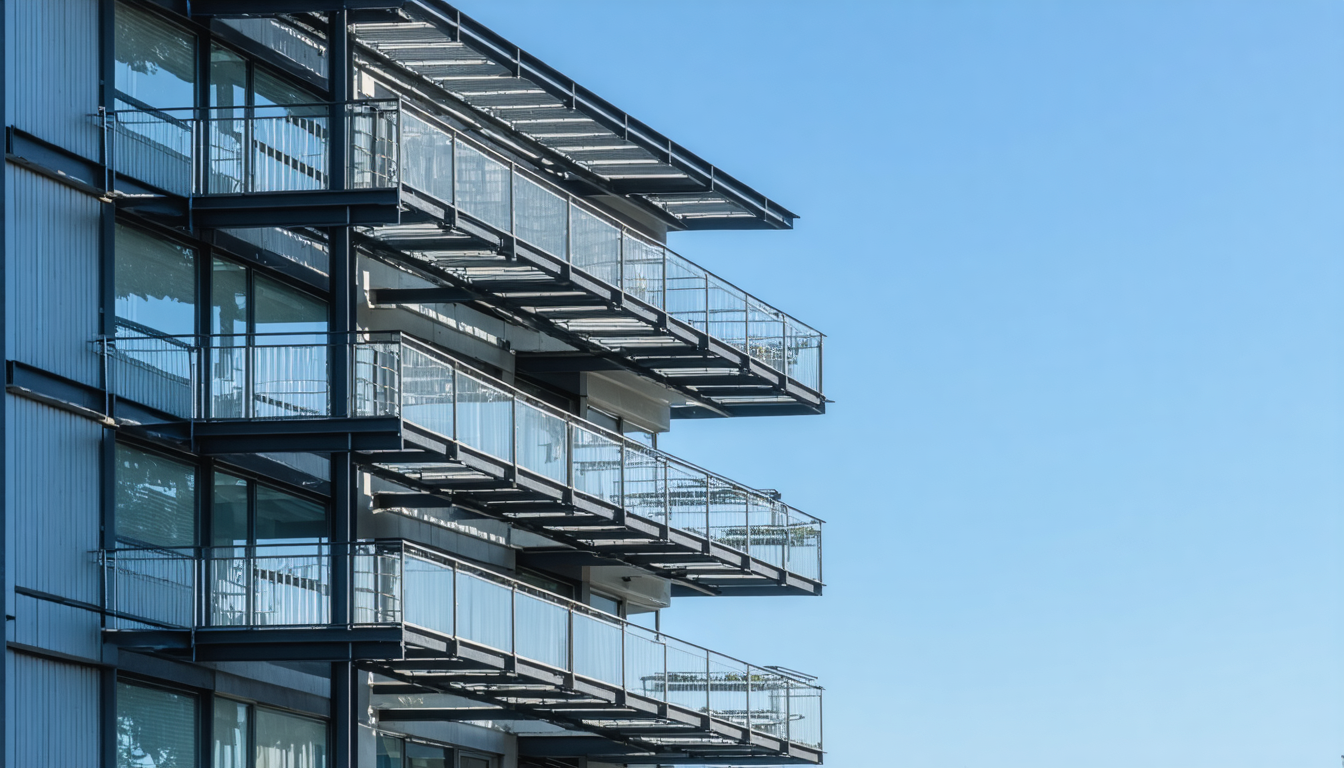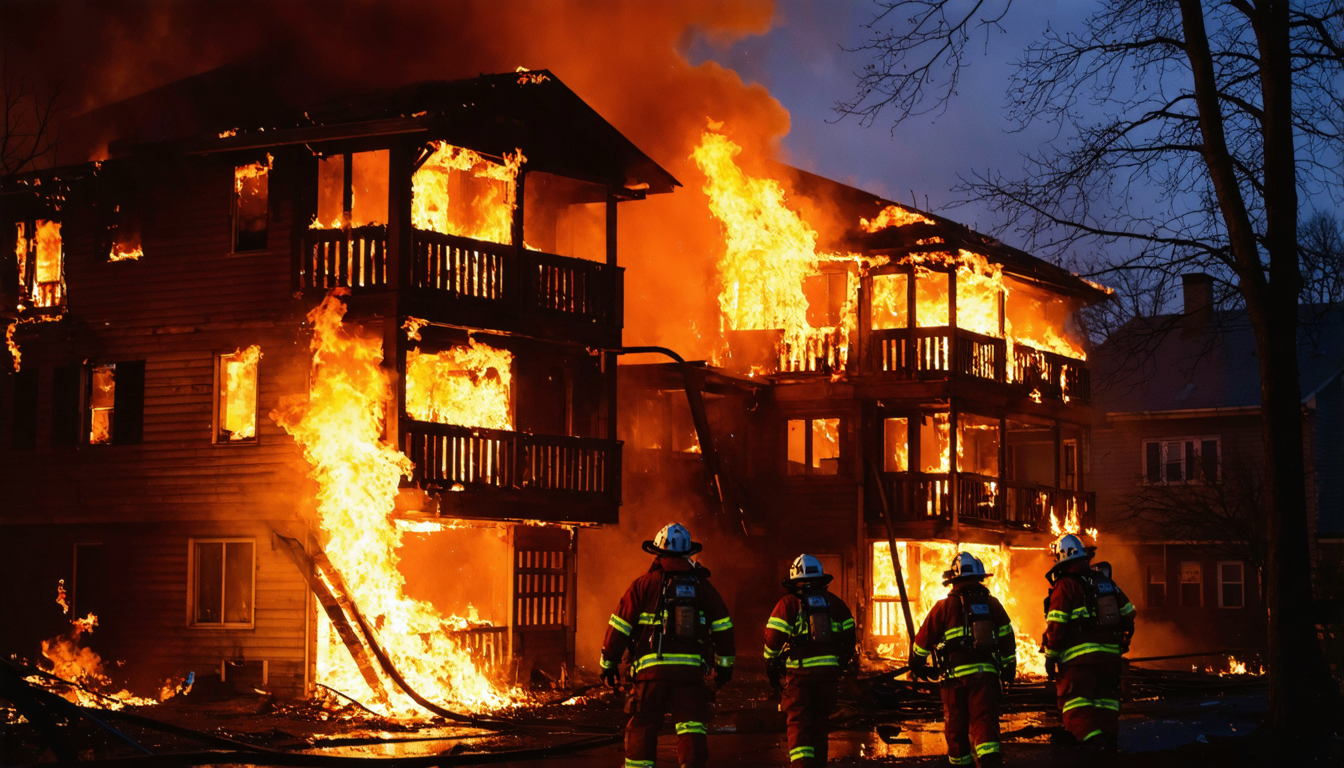- Conducting a Comprehensive Risk Assessment
- Creating an Emergency Response Plan
- Installing Early Warning Systems
- Securing Building Infrastructure
- Establishing Communication Protocols
- Stocking Emergency Supplies
- Designating Safe Areas and Evacuation Routes
- Training Staff and Residents
- Protecting Important Documents and Data
- Regular Drills and Plan Updates
- Conclusion
1. Conducting a Comprehensive Risk Assessment
The foundation of any disaster preparedness plan begins with understanding the specific risks your building faces. Start by researching which natural disasters are most common in your geographic location.
Coastal properties may face hurricane threats, while buildings in the Midwest might need to prepare for tornadoes. /n Hire professional inspectors to evaluate your building’s structural integrity and identify potential vulnerabilities. Check for weak points in the foundation, roof, windows, and utility systems.
Document these findings thoroughly, as they’ll inform your prioritization of preparedness measures. /n Consider consulting with local emergency management agencies who can provide valuable insights about regional hazards and recommended precautions. Many municipalities offer free risk assessment resources specifically for multi-family housing properties.

2. Creating an Emergency Response Plan
A detailed emergency response plan serves as your roadmap during chaotic situations. This document should outline specific procedures for different disaster scenarios, clearly defining roles and responsibilities for building staff.
Include step-by-step instructions for immediate actions during various emergencies. For example, during a fire, certain staff might be responsible for alerting residents, while others focus on shutting down utilities.
Ensure your plan addresses the needs of vulnerable residents, including elderly individuals, those with disabilities, and families with young children. Consider creating a voluntary registry of residents who may need extra assistance during evacuations.
Your plan should also include recovery procedures for the aftermath of a disaster, including damage assessment protocols, temporary housing options, and insurance claim processes.
3. Installing Early Warning Systems
Early detection can provide crucial minutes or hours of preparation time. Install appropriate warning systems based on your risk assessment findings.
For fire protection, ensure smoke detectors and sprinkler systems meet current code requirements and are regularly tested. Consider upgrading to smart detection systems that can alert building management remotely.
Weather-specific warning systems might include lightning detection for storm-prone areas or seismic sensors in earthquake zones. Many modern systems can be integrated with building-wide notification systems to alert all residents simultaneously.
Don’t forget to install carbon monoxide detectors in appropriate locations, particularly near heating systems and enclosed parking areas.
4. Securing Building Infrastructure
Reinforcing your building’s physical structure is essential for withstanding disaster forces. Depending on your location and risk factors, consider these infrastructure improvements:
For earthquake-prone areas, retrofit the building with foundation anchors, steel braces, or other seismic upgrades. Hurricane regions benefit from impact-resistant windows and reinforced roofs.
Flood-prone buildings may require elevated foundations and impermeable barriers. Regularly inspect and maintain these systems to ensure they function correctly when needed.

5. Establishing Communication Protocols
Effective communication is critical during emergencies. Develop a communication protocol that ensures timely updates to residents and staff.
Utilize multiple channels, such as phone calls, text messages, emails, and physical notices in common areas to reach as many people as possible.
Establish a chain of command for communication that clarifies who is responsible for disseminating information and how updates will be communicated.
6. Stocking Emergency Supplies
Maintaining an adequate inventory of emergency supplies is essential. Ensure you have first aid kits, flashlights, batteries, bottled water, non-perishable food, and blankets readily available on-site.
Review and replenish supplies regularly, and consider designating a room as an emergency supplies storage area that is easily accessible during a crisis.
7. Designating Safe Areas and Evacuation Routes
Identify safe areas within the building where residents can gather during emergencies. Clearly mark these areas and ensure they are accessible to everyone, including those with mobility issues.
Additionally, establish and clearly communicate evacuation routes for each area of the building, ensuring they are unobstructed and well-lit.
8. Training Staff and Residents
Conduct regular training sessions for both staff and residents about disaster preparedness and response.
Staff should be trained in emergency protocols, including evacuation procedures, first aid, and fire safety.
Educate residents about the emergency action plan, and hold informational sessions to discuss how they can prepare their households.
9. Protecting Important Documents and Data
Ensure important documents like insurance policies, resident information, and building maintenance records are stored safely.
Maintain both digital and physical copies, and consider using fireproof and waterproof storage solutions. Regularly back up digital data to prevent loss during catastrophic events.
10. Regular Drills and Plan Updates
Schedule regular drills to practice evacuation and emergency response procedures.
These drills will help residents and staff become familiar with the processes and identify areas for improvement.
Additionally, review and update your emergency response plan at least annually or after any significant drilling event to address any new risks or changes in the building.
Conclusion
Preparing an apartment building for natural disasters requires a proactive approach that encompasses risk assessments, emergency planning, infrastructure improvements, and community training. By implementing these best practices, property managers can not only protect their buildings but also enhance the safety and resilience of their residents.
